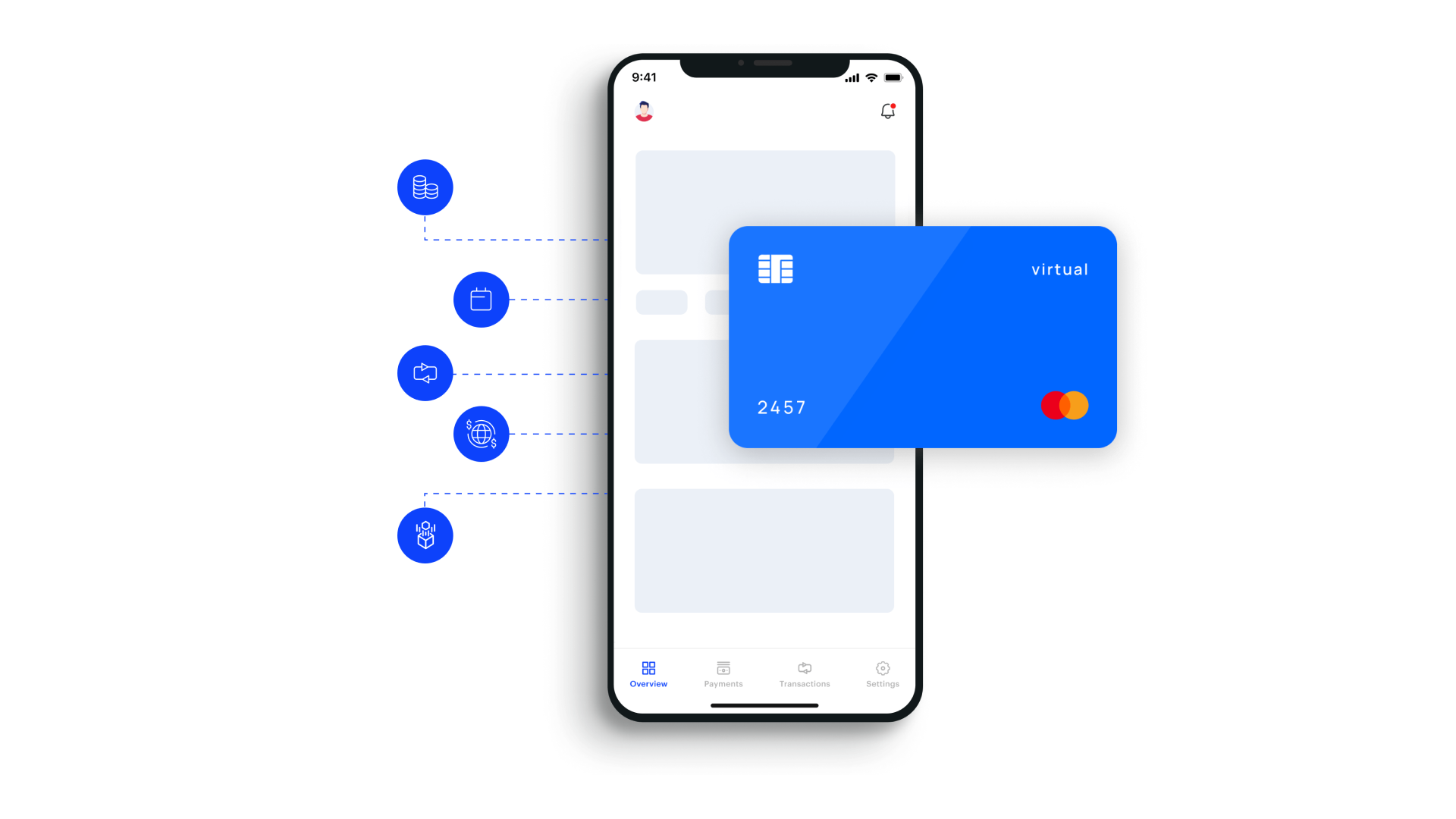According to a study by Global Market Insights, the global digital banking market size is forecasted to exceed $140 billion by 2025. What’s driving this growth? Most of it can be attributed to technological advancement in the software itself as it becomes easier for people to open accounts and manage their finances online.
Additionally, banks are offering more features to entice customers—low or no fees, attractive interest rates on deposits and loans, cash rewards programs, financial advice, and other benefits that have helped drive up customer demand for digital banking services.
In the last decade, digital interfaces started to be the main channel of communication between banks and customers, forcing some of the institutions to close physical branches. Thanks to technology adoption, in the last decade we witnessed the rise of digital-only banks (or neobanks). These are institutions designed to be run entirely online, meaning that customers don’t have to worry about going into a physical branch. Instead, they can manage their finances with just a few clicks using mobile phones. Neobanks often provide additional services and benefits such as budgeting tools, investment options, automated saving plans, and more that make managing your money simpler and faster than ever. By harnessing these innovative technologies, neobanks are revolutionising the way in which people bank in the digital age.
On the other side, such revolutionary changes provide lots of opportunities to start-ups entering the financial technology space. There are thousands of FinTech products launched every year across the world and most of them are being built on top of legacy banking systems that simply don’t fit next-generation banking products. Below are the key features to keep in mind when choosing a digital banking software platform for your neobank project.
- Security: The software must not only come with the security essentials required by regulators but stay ahead and provide cutting-edge solutions utilising biometrics and AI.
- Flexibility: It should be customisable to meet your specific needs, and easy to use so you can go live with new features and offerings as quickly as possible.
- Ease of Integration: It should easily integrate with existing systems and prospect partners on the go.
- Reporting and Analytics: The software should not only provide basic financial reports but also advanced behavioural analytics to improve customer retention and conversion metrics.
- Scalability: It should be able to grow with your business, handling increasing volumes of transactions without slowing down.
Make sure to consider these features when evaluating different digital banking software options.
So, as you can see from the above when choosing a digital banking software platform for your business it is better to focus on high-level architecture and overall capabilities. Going down to very specific functions would only make sense if the criteria above have been met, otherwise you will likely put your business in dependence on a software platform that can’t provide long-term sustainability. Running a digital banking business will always mean for you constant improvements of the tech, including new features, partner API integrations and adoption of new regulatory requirements. Therefore, having a strong software platform architecture and a tech team is a key success factor.
























